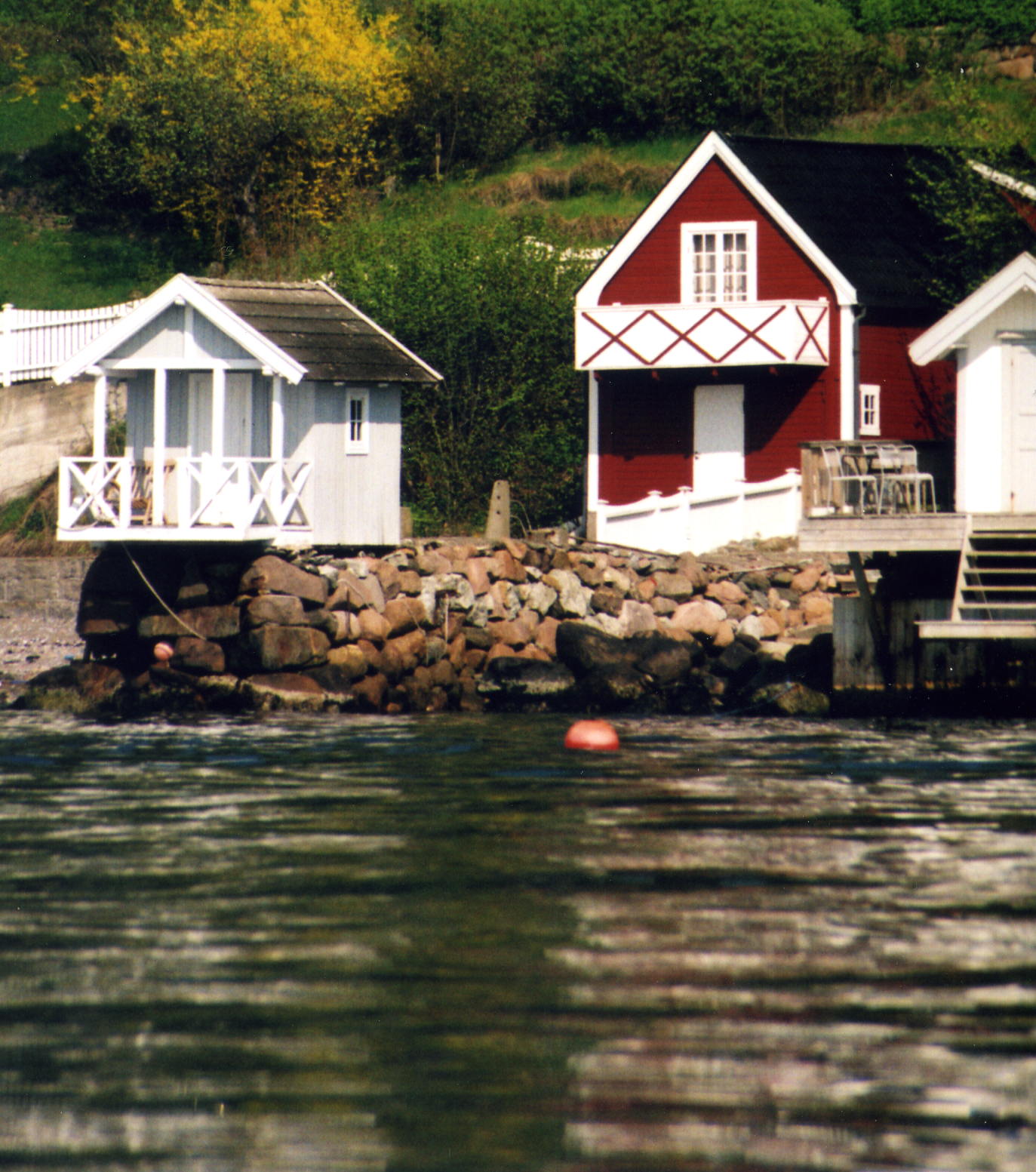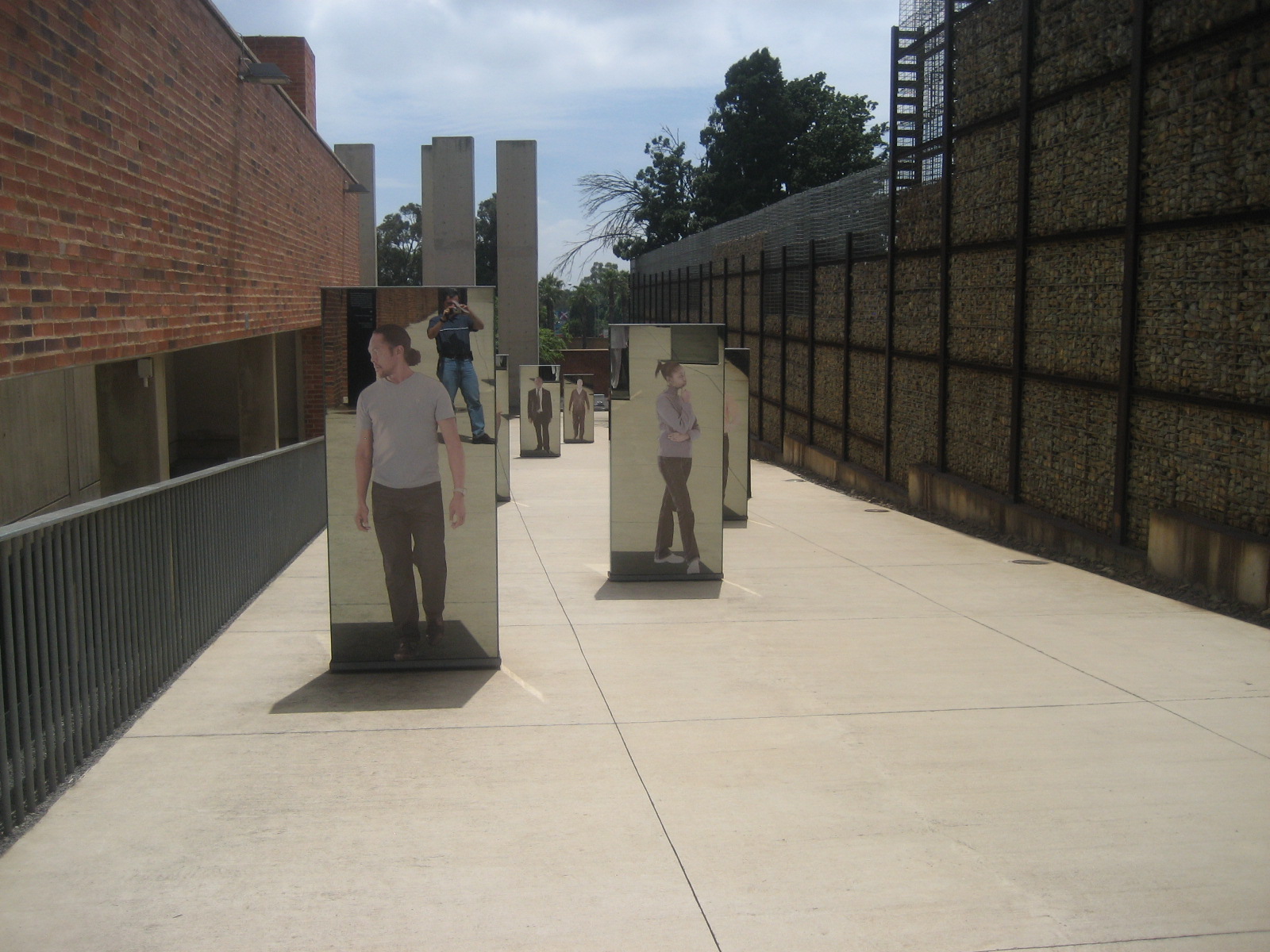A lot of my international travels have been part of or enabled by work. Whether is being asked if in 24 hours I could leave for Helsinki to spend 3 weeks there in the middle of winter, or whether the miles accumulated by years of sometimes-weekly travel have allowed me to go out of the country for vacation, work has always been a key factor in my exploring. I would say it is second only to my zest for travel and exploring!
As part of this reflection, I thought it would be cool to capture where all have I been to related to work whether for a one-day meeting to year+ assignments. Here it goes!
GERMANY
In Germany, my discoveries were how great German food is (not just the ones I had known like wursts). Also, my colleagues made it a point of making sure they were showing me places like beer halls and good restaurants and that hospitality -no offense intended- took me by surprise, especially when compared to other countries where I had expected a warmer culture.
Sulzbach/Bad Soden (outside of Frankfurt, Germany)
Dusseldorf (Germany)
Munich (Germany)
FRANCE
I have been to a good bit of France but for work these two sites were it. In the Riviera, I enjoyed being by the beautiful waters of the Mediterranean and yet seeing the Alps at a distance, staying in Cannes or Nice, depending on the week and the mood! Paris, well, what can I say. An incredible city even if it was hard to develop social contacts due to the long hours at work and perhaps the language barrier (I spoke basic French then; medium after I left there and focused on learning the language).
Paris (France)
Sophia-Antipolis (France)
THE NETHERLANDS
Basically shuttling between client offices in both towns. I was amazed at how small the country is and yet how exotic it felt to me. Den Haag much more subdued than Amsterdam. Amsterdam, just phenomenally interesting. Getting to work with the Dutch allowed to see how their cultural traits are unique and how some of the stereotypes I had heard of showed up in work settings.
Den Haag (The Netherlands)
Amsterdam (The Netherlamnds)
OTHER EUROPE
The rest of the European work sites were of shorter durations than the ones above with the longest being 3 weeks. But they all allowed me to explore each of the places and/or visit with friends who lived in those places. Work definitely gave me a good opportunity to see more of Europe. How else would I have spent 3 weeks in Helsinki had it not been for work?!
Geneva (Switzerland)
Oslo (Norway)
Vienna (Austria)
Helsinki (Finland)
London (UK)
Madrid (Spain)
LATIN AMERICA
My experiences in Latin America have been phenomenal. Perhaps the cultural affinity or the approach to life, especially in Brazil, but I have seldom been disappointed or failed to enjoy my stay.
Chile trumps all other places in L.A. by sheer duration of my work experience there (over a year). I had worked there many, many yrs before (check my other blog entries) and I got to see more of the country in that year. What a beautiful country!
In Peru, I got to explore more off the beaten path locations by the nature of the work assignment. I got to see many places the average tourist sees and many they would never get to. And, I got to enjoy the food of Lima which is just outstanding!
Brazil offered me good food and great fun besides the work. Spending weekends in Rio or going out for the nightlife of Sao Paulo, Brazil never disappointed.
Sao Paulo (Brazil)
Quito (Ecuador)
Buenos Aires (Argentina)
Santiago (Chile)
Lima (Peru)
Cuzco (Peru)
Puno (Peru)
Huaraz (Peru)
Panama City (Panama)
Mayaguez (PR)
AFRICA
Here I definitely got to see some diverse places from Muslim and Arab Egypt, to deep Africa in Tanzania, to cosmopolitan cities in South Africa (I visited Cape Town too but not for work). I have enjoyed the unique experiences each offered whether it was visiting HIV/AIDS patients in the rural areas around Mwanza, to going for food in very local places in massive Cairo, to getting into the history of apartheid in Joburg.
Johannesburg (South Africa)
Cairo (Egypt)
Dar es Salaam, Mwanza and Stone Town (Tanzania)
CANADA
I got to spend a LOT of time in Toronto and had a lot of fun with a great crew of Canadians whose key contribution to my skill sets was to have me start calling a puck “puck” and not “the thing”. I also learned that I needed better pacing drinking Canadian beer as it was stronger than the American variety. Finally, I learned how to curl (as in the game/sport).
Toronto (Canada)
Montreal (Canada)
What has been your most interesting and rewarding international work experience??





































